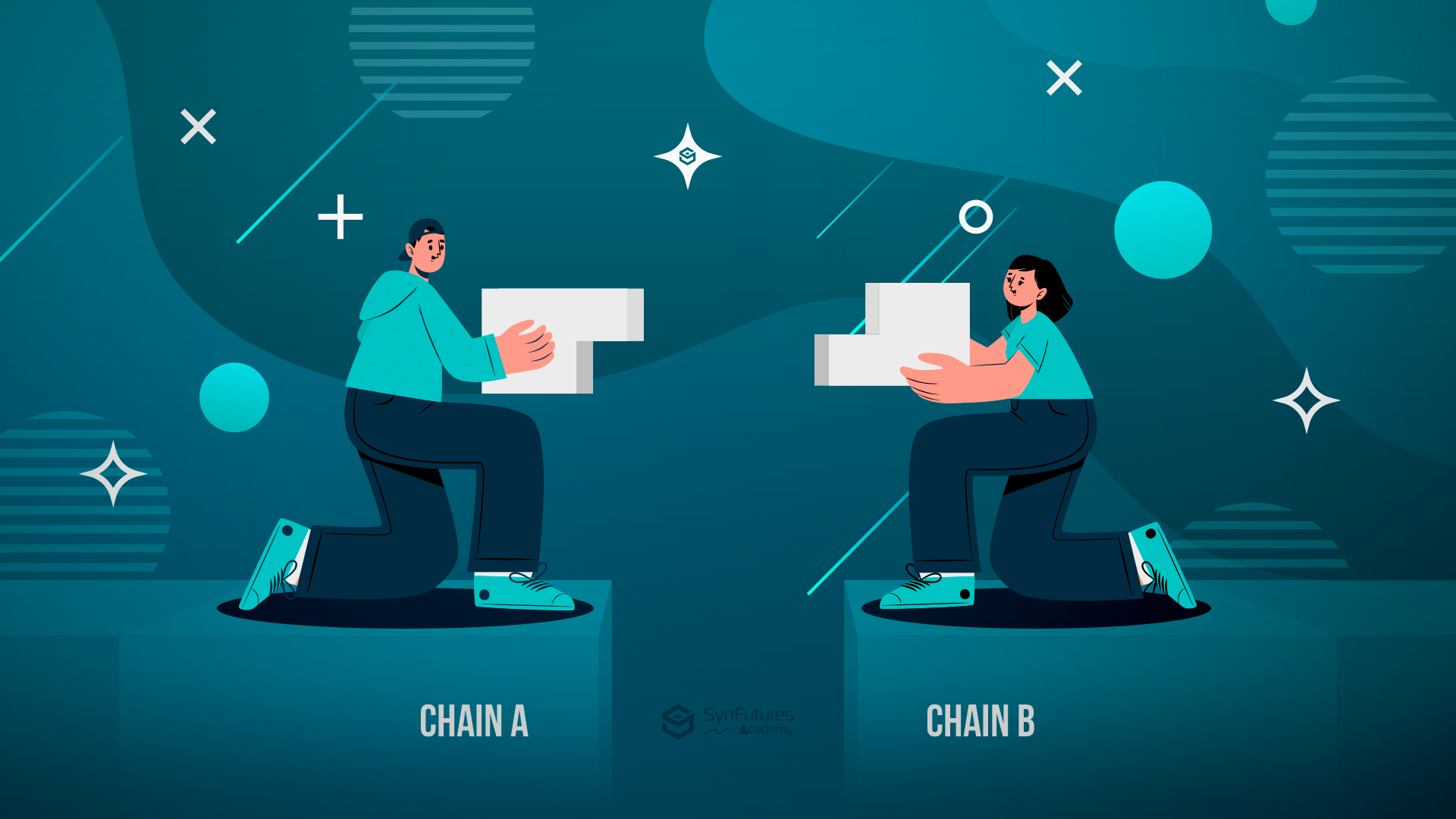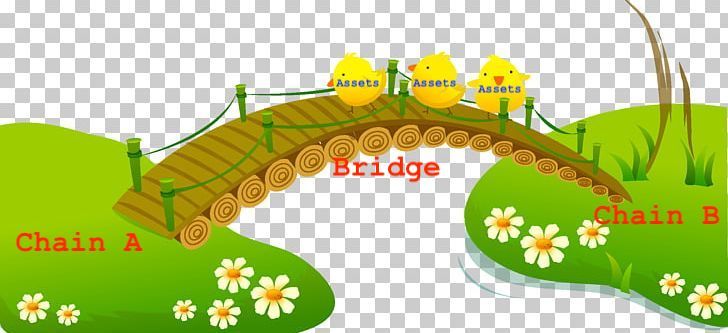What is a bridge and why is it needed in blockchain?

Key takeaways:
- Bridges refer to blockchain infrastructures that allow for the sharing of data and traffic between blockchains and layers.
- Bridges connect domains and establish communication between them.
- The domains could be local or remote. Local domains are different layers, tools, and protocols within a single blockchain, while remote domains are for separate blockchains.
What is a bridge and why is it needed in blockchain?
In blockchain, more often than not, chains are developed in isolated environments under different consensus rules. That means chains are not able to communicate with each other. Therefore, there is a strong need to connect these isolated environments to ensure scalability and interoperability. That is where bridges come into play.

Bridges allow for the sharing of data and traffic between blockchains and layers. With a bridge, someone in chain A can receive data from chain B. This allows for wrapping a token like BTC and bridging it to Ethereum Mainnet and then moving that newly minted wBTC over to any DeFi protocol. Other than that, the central importance of this interoperability between blockchains is that it increases the rate of mass adoption in the space. Users don’t need to hesitate to start on one chain if it’s just as easy to access protocols, information, and value from any other chain.
How do bridges work?
Bridges connect domains and establish communication between them. The domains could be local or remote. Local domains are different layers, tools, and protocols within a single blockchain, while remote domains are for separate blockchains.
Using a bridge for remote domains as an example, bridging an asset from chain A to chain B is generally structured for a bridge to lock the token in chain A and mint a fresh token onto chain B. The total amount of circulating tokens remains the same but is split between the two chains. If chain A had ten tokens and then sent five over to Chain B, chain A would still have ten tokens (five locked), but an additional five of them would be minted on chain B. If at any point the holder of the minted tokens wants to redeem them, they can burn them from Chain B and unlock them on Chain A. Since Chain A always had a locked copy of the token, the token’s value stays consistent with the chain A market price. This lock-and-mint/burn-and-release process is how the amount and cost of the tokens sent between the two chains remain the same.
Read more on: How to bridge assets?
Discover SynFutures' Crypto Derivatives products: www.synfutures.com/.
Disclaimer: SynFutures Academy does not guarantee the reliability of the site content and shall not be held liable for any errors, omissions, or inaccuracies. The opinions and views expressed in any SynFutures Academy article are solely those of the author(s) and do not reflect the opinions of SynFutures. The SynFutures Academy articles are for educational purposes or information only. SynFutures Academy has no relationship to the projects mentioned in the articles, and there is no endorsement for these projects. The information provided on the site does not constitute an endorsement of any of the products and services discussed or investment, financial, or trading advice. A qualified professional should be consulted prior to making financial decisions.
